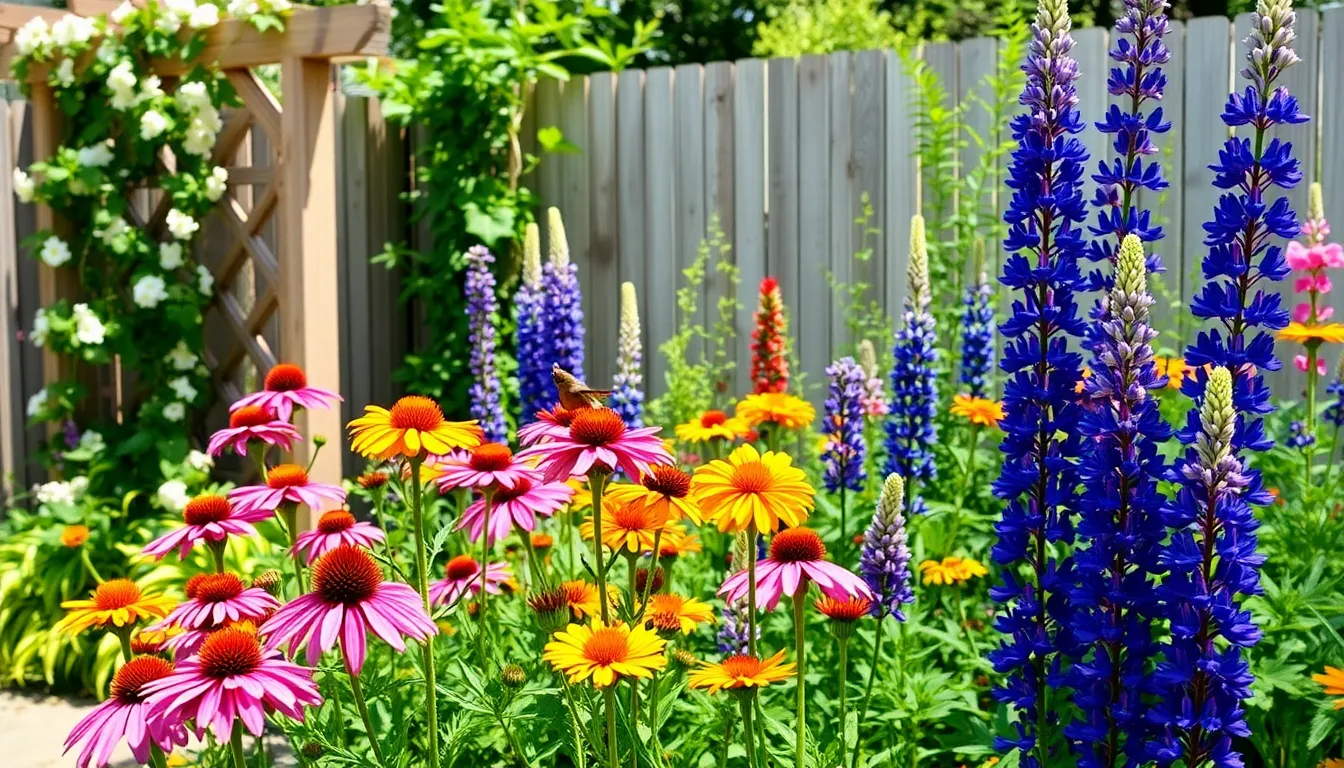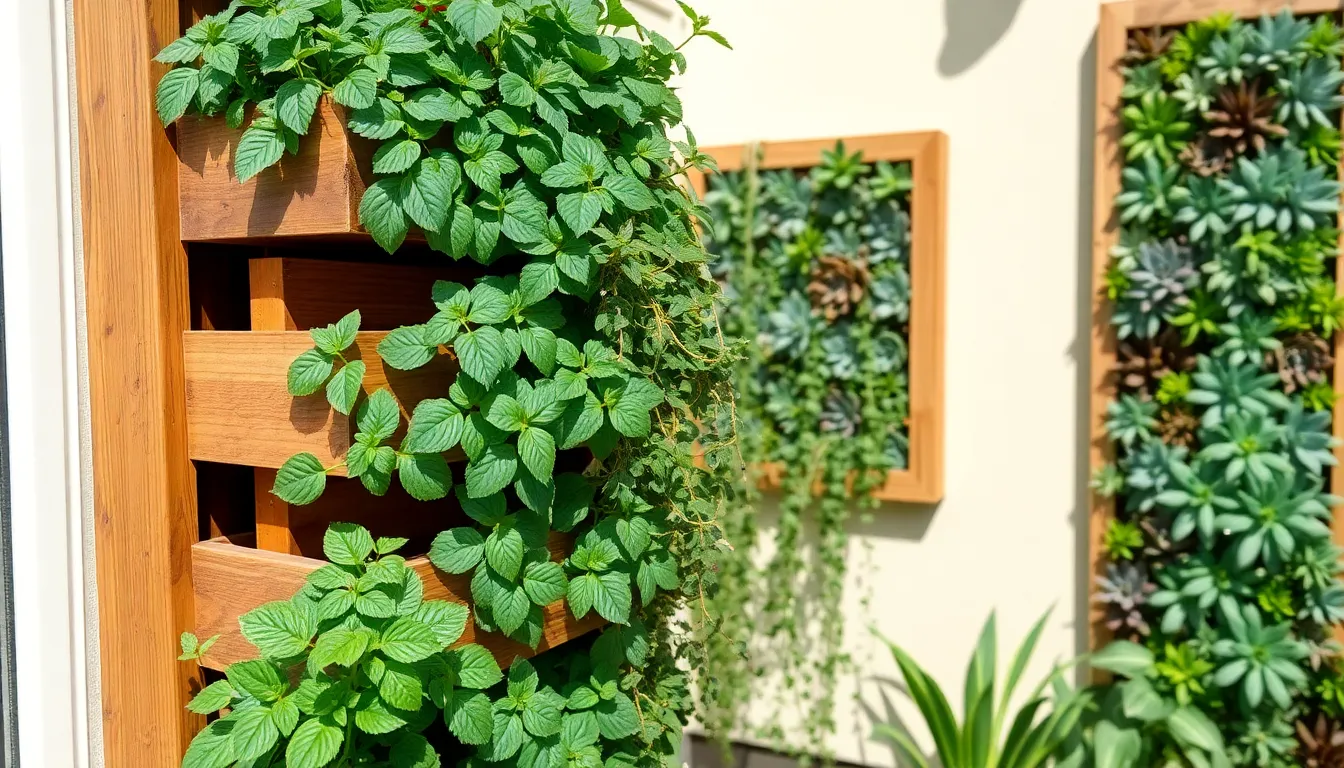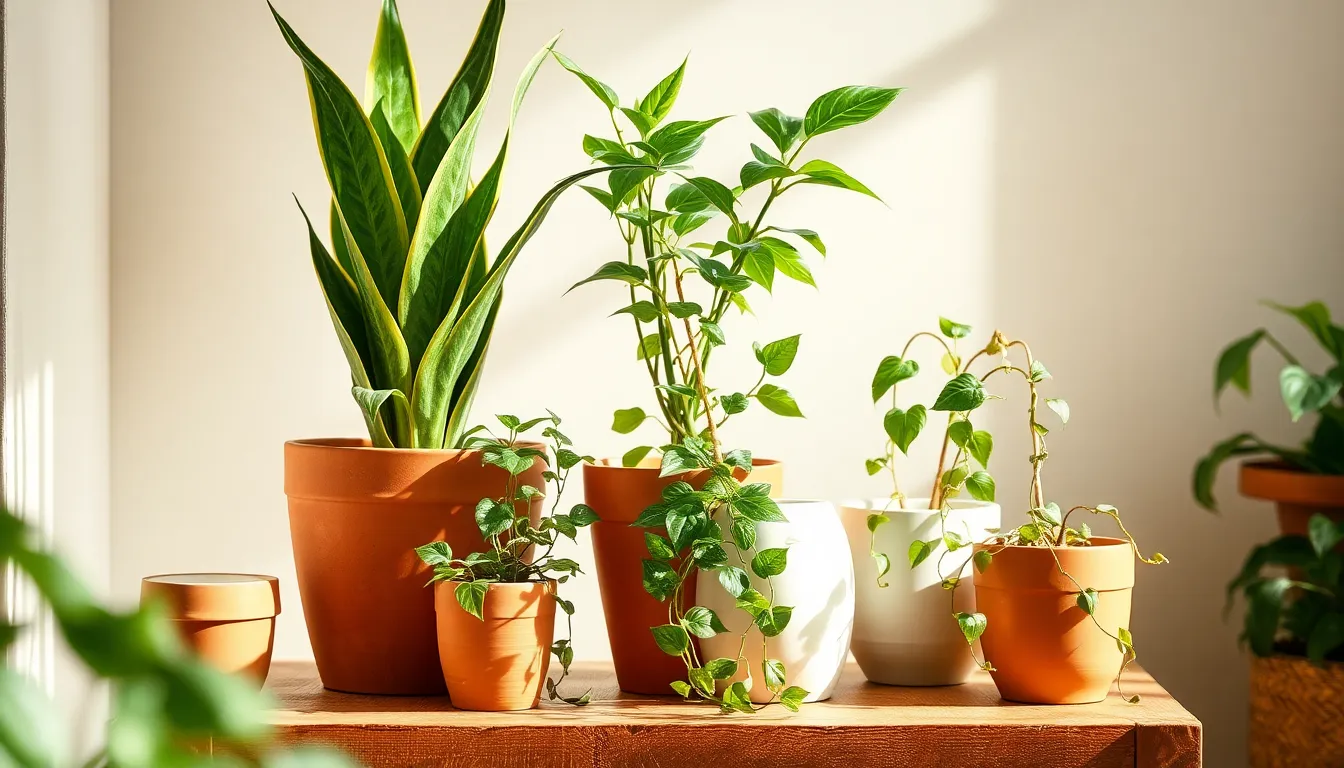Imagine stepping into your backyard and being greeted by a symphony of fluttering wings and vibrant colors, each butterfly a tiny masterpiece of nature’s artistry. Creating a butterfly garden isn’t just about adding beauty to your space; it’s an invitation to these delicate pollinators to thrive and enrich the ecosystem right in your backyard. Whether you’re a novice gardener or a seasoned green thumb, cultivating a haven for butterflies can be a rewarding endeavor that merges creativity with conservation.
Butterflies do more than enchant us with their grace; they play a vital role in pollinating plants and maintaining the ecological balance. By the end of this article, you’ll understand the essentials of designing a butterfly-friendly garden, from choosing the right nectar-rich plants to creating a welcoming habitat. We’ll explore how to cater to the needs of these lovely creatures, ensuring your garden flourishes as a sanctuary for both butterflies and the plants they depend on. Get ready to transform your outdoor space into a lively, colorful retreat that draws in butterflies and brings you endless joy.
Select Ideal Butterfly-Friendly Plants
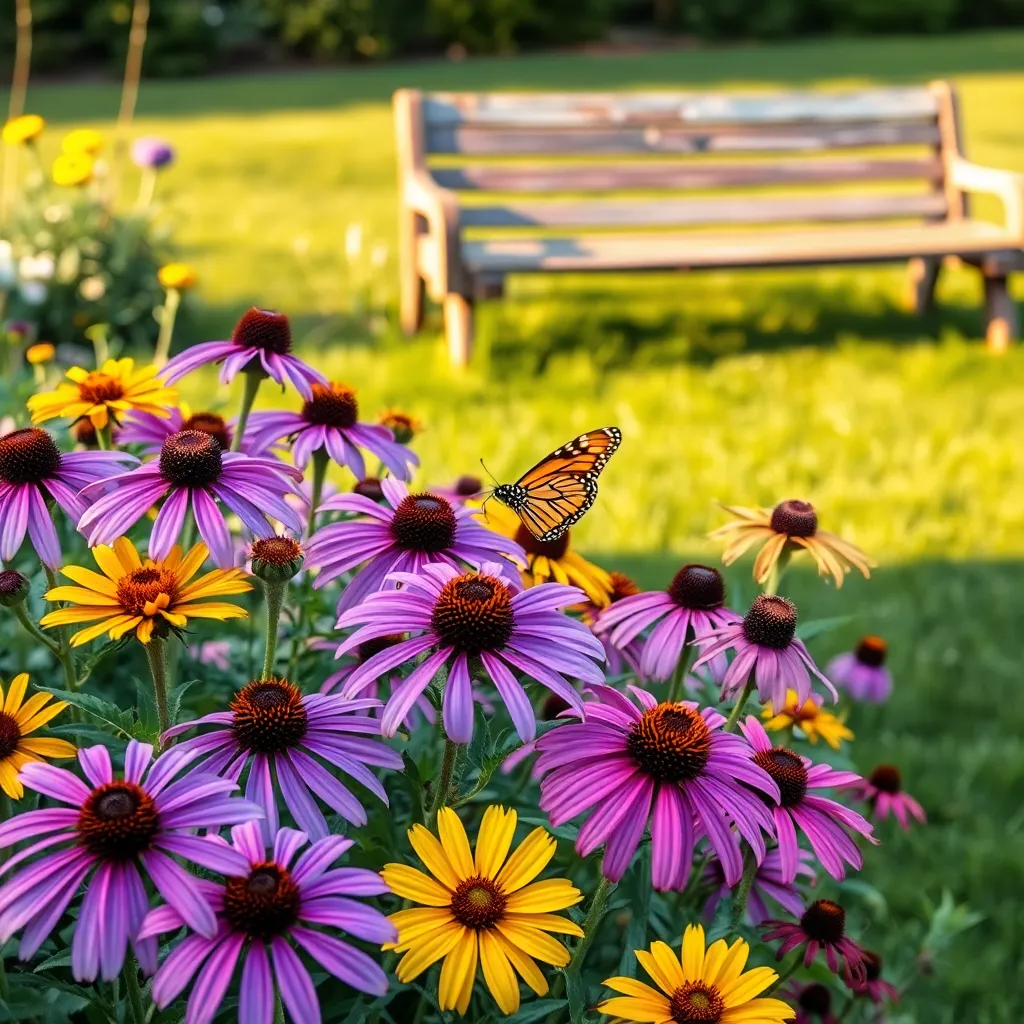
To attract butterflies, focus on planting a variety of native flowering plants that cater to both adult butterflies and caterpillars. Native plants are more likely to thrive in your local climate and soil conditions, making them a reliable choice for any butterfly garden.
Consider adding milkweed to your garden, as it is the exclusive host plant for monarch caterpillars. Milkweed prefers well-drained soil and full sun, making it an excellent choice for open garden spaces.
Another great option is the butterfly bush, known for its long spikes of fragrant flowers that butterflies love. Ensure it receives full sun and plant it in slightly alkaline, well-drained soil for optimal growth.
For a touch of color, include coneflowers, which provide nectar-rich blooms throughout the summer. These hardy perennials thrive in a variety of soil types but do best in well-drained soil and full sun.
- Water your butterfly-friendly plants deeply but infrequently to encourage deep root growth.
- Include a mix of annuals and perennials to ensure a continuous supply of blooms throughout the growing season.
- Mulch around the plants to retain moisture and suppress weeds, providing a healthier environment for your butterfly garden.
Design a Sunlit Garden Layout
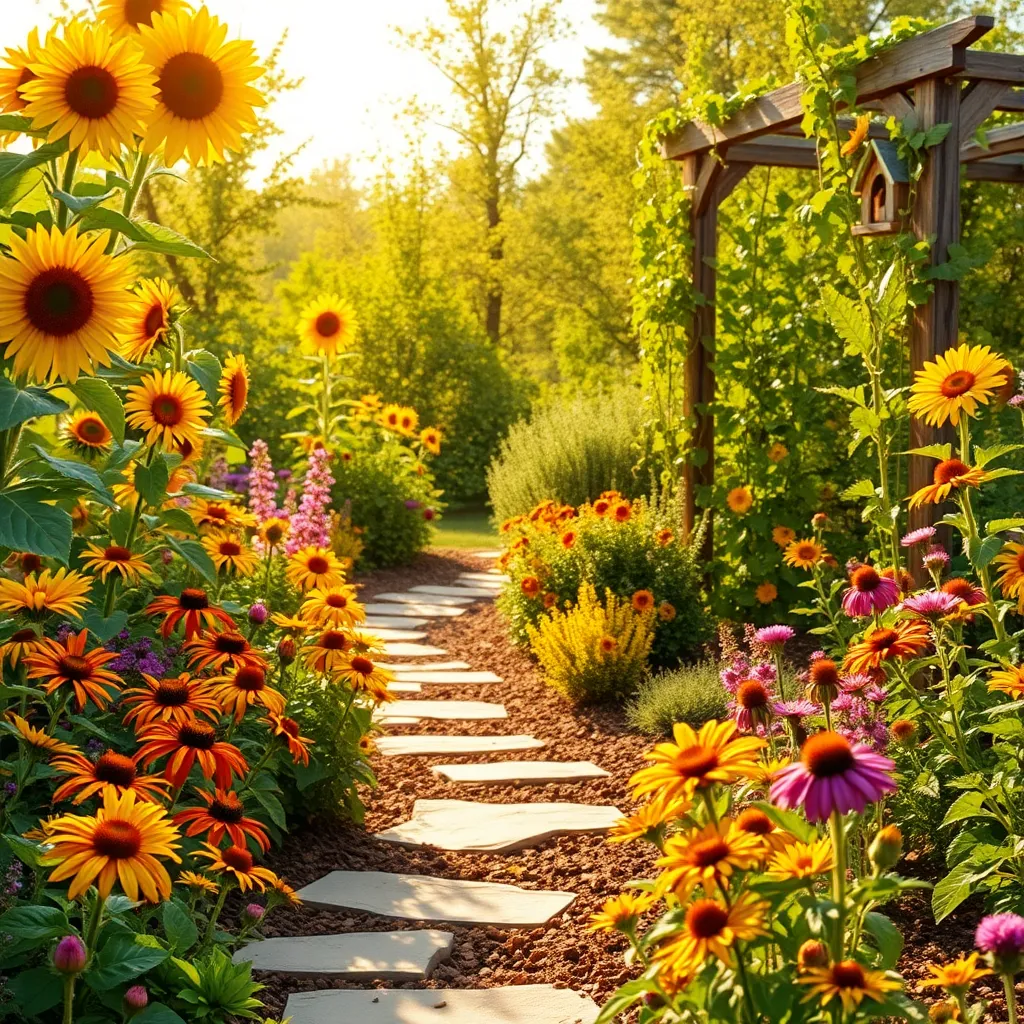
Designing a sunlit garden layout is crucial for attracting butterflies, as they thrive in sunny environments. Begin by identifying the sunniest spot in your garden, ideally one that receives at least six hours of direct sunlight each day.
Position taller plants like butterfly bushes or Joe-Pye weed at the back of your garden to create a natural visual backdrop. These plants not only provide nectar but also serve as landing platforms for butterflies to bask in the sun.
For the middle layer, consider planting coneflowers or black-eyed Susans, which are both appealing to butterflies and easy to grow. These plants thrive in well-drained soil enriched with organic matter, so adding compost can significantly improve their growth.
In the front, include low-growing plants such as lantana or zinnias, which offer a splash of color and are irresistible to butterflies. Regular watering is essential, especially during dry spells, but ensure the soil is not waterlogged to prevent root rot.
Prepare and Amend the Soil
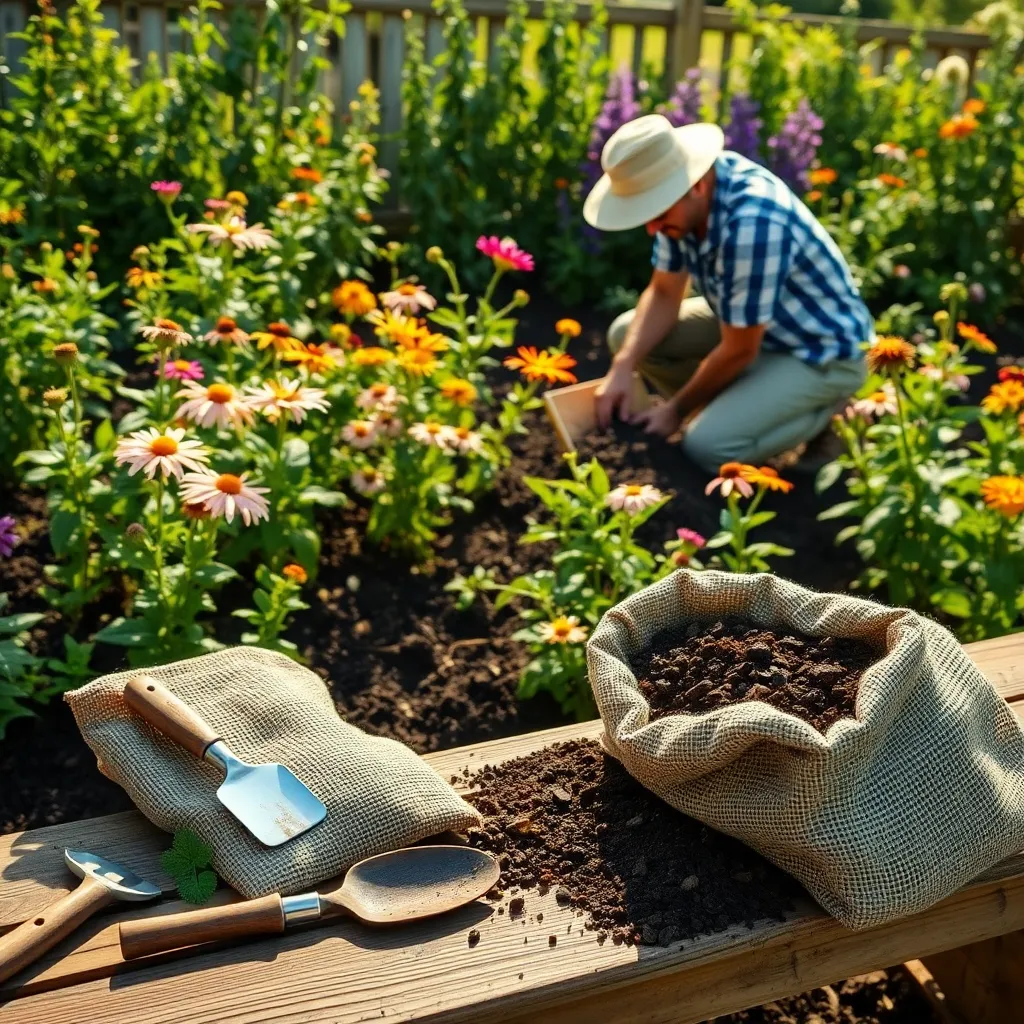
Before you plant your butterfly garden, it’s essential to focus on the soil, as healthy soil is the foundation for thriving plants. Start by assessing the soil type in your backyard, whether it’s sandy, clay-heavy, or loamy, because each type requires different amendments to optimize its fertility.
Testing the soil’s pH level is a crucial step to ensure it meets the needs of butterfly-friendly plants, which typically thrive in slightly acidic to neutral soils. You can purchase an inexpensive soil test kit from a garden center, which will guide you on whether you need to adjust the pH by adding lime to raise it or sulfur to lower it.
After assessing the soil, it’s time to improve its structure and nutrient content by incorporating organic matter. Adding well-rotted compost or aged manure will increase soil fertility and improve its water retention, which is particularly beneficial in sandy or clay-heavy soils.
For gardeners who want to take it a step further, consider adding specific amendments like bone meal or blood meal to provide essential nutrients such as phosphorus and nitrogen. These additions can give your plants a head start, encouraging lush growth and vibrant blooms that attract butterflies.
Create Water Sources for Butterflies
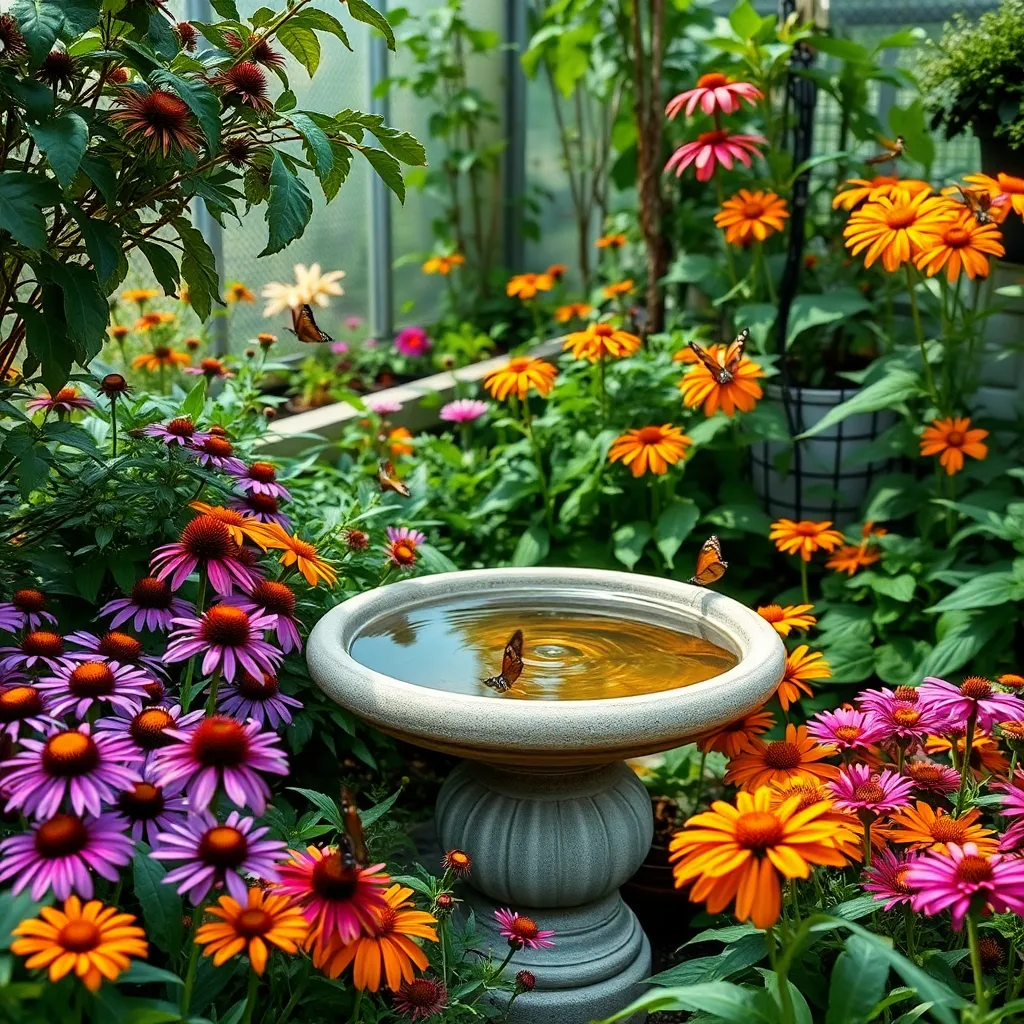
Creating water sources for butterflies in your garden is a delightful and necessary step. Butterflies need shallow water sources for drinking and to extract essential minerals.
To make a simple butterfly puddling station, fill a shallow dish with sand and add water until the sand is moist but not flooded. This provides an ideal spot for butterflies to land and sip safely.
Consider adding small, flat stones or pebbles to your water source. These stones act as resting platforms where butterflies can pause and drink without getting their wings wet.
Change the water regularly to keep it fresh and prevent mosquito breeding. Additionally, you can enhance the puddling mix by occasionally adding a pinch of salt or a few drops of liquid seaweed fertilizer to mimic natural mineral-rich environments.
Incorporate Shelters for Resting
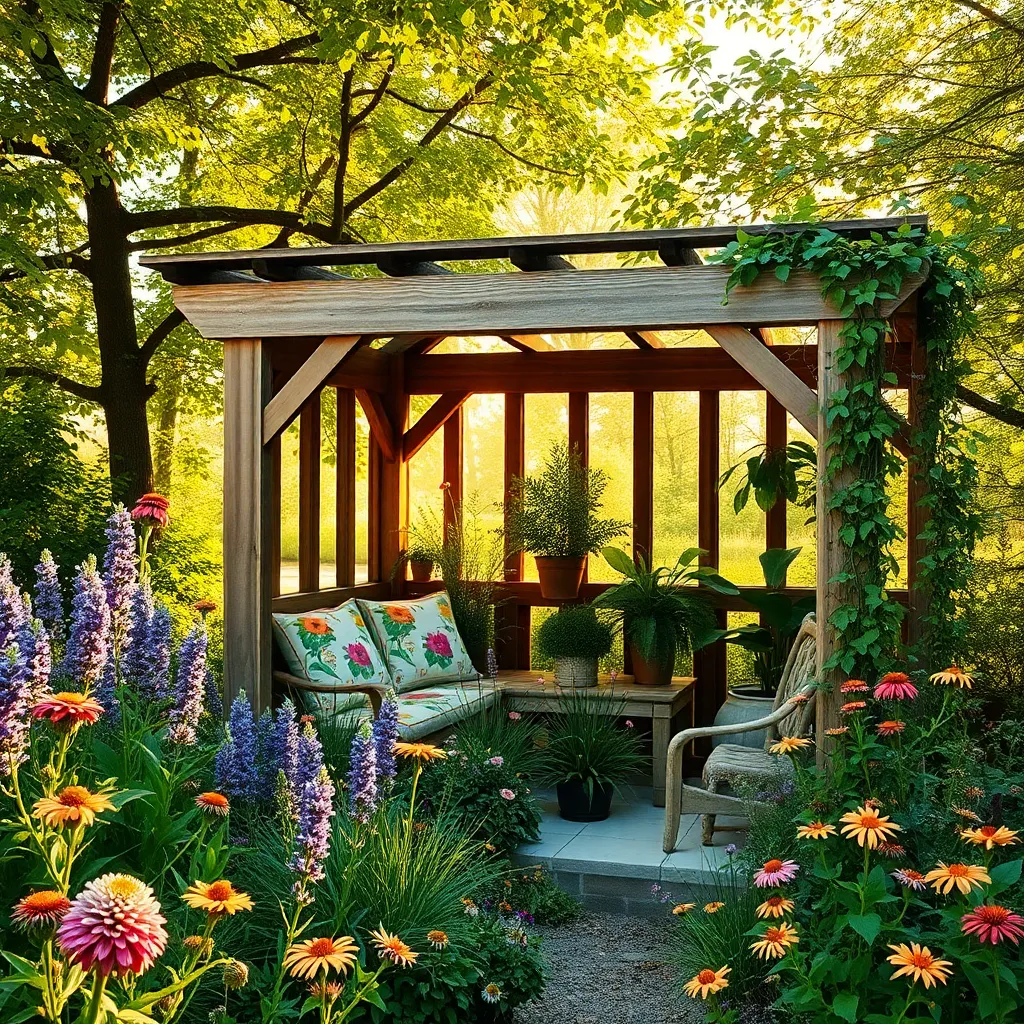
Butterflies not only need food and water but also places to rest and seek shelter. Incorporate structures like small wooden shelters, piles of rocks, or even strategically placed logs to give them a safe haven.
Position these shelters in quiet, secluded areas of your garden, away from heavy foot traffic. This ensures that butterflies can rest without being disturbed, especially during windy or rainy conditions.
Choose plants with broad leaves, such as hostas or sunflowers, which can provide natural resting spots for butterflies. These plants not only serve as resting sites but also add visual interest and diversity to your garden.
For those looking to add an advanced touch, consider building a small butterfly house. Ensure it has narrow slits to protect against predators while allowing butterflies easy access.
Conclusion: Growing Success with These Plants
In our journey through ‘How to Create a Butterfly Garden in Your Backyard’, we explored five key relationship concepts essential for nurturing both your garden and your personal connections. First, we discussed the importance of understanding your environment, much like knowing the needs and personalities of those you care about. Then, we highlighted selecting the right plants, akin to choosing supportive actions that foster growth. We also touched on consistent care, reminding us that relationships thrive on regular attention and effort. Creating a safe haven, like providing a sanctuary for butterflies, parallels building trust and security in relationships. Lastly, we covered the joy of shared experiences, underscoring how beauty and bonding go hand in hand.
As a next step, consider planting a single butterfly-friendly plant and watch it flourish, symbolizing your commitment to cultivating thriving relationships. Remember to bookmark this article for future reference, ensuring you have a reliable guide to revisit whenever needed.
Embrace these principles, and you’ll not only create a captivating garden but also enrich your relationships, paving the way for enduring success. Your efforts today will blossom into tomorrow’s joys, both in your backyard and beyond.

